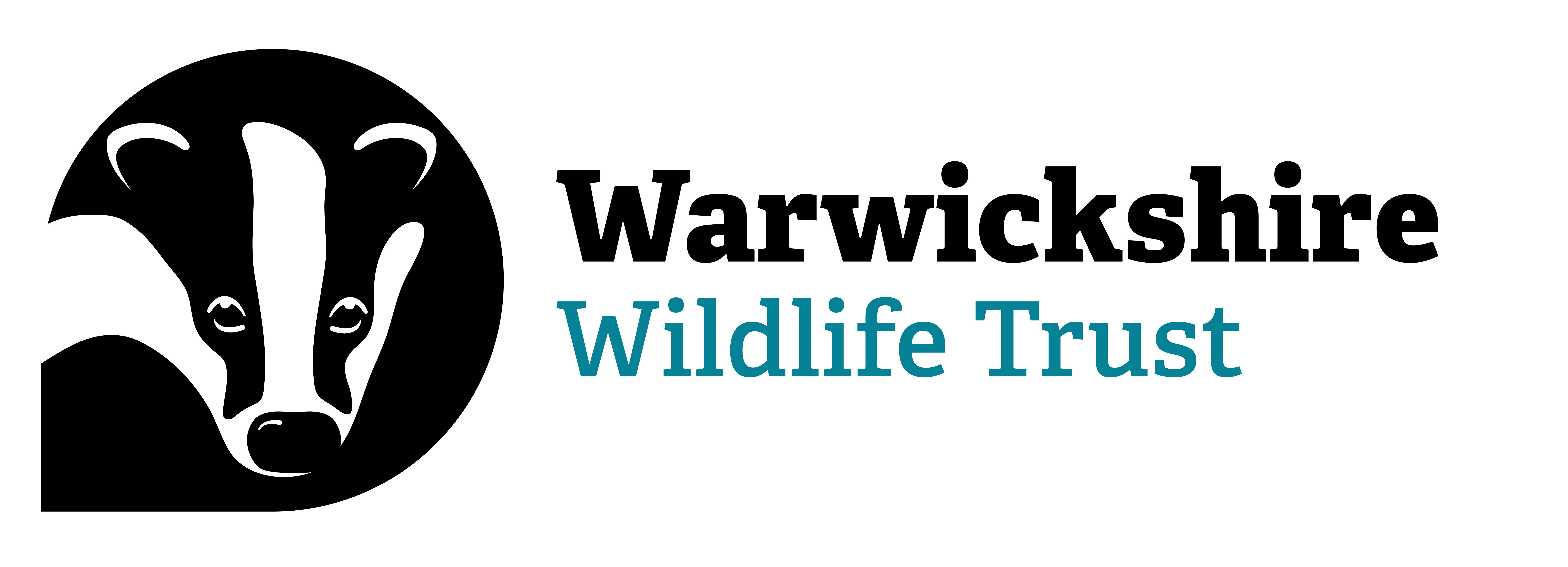Over the past few weeks, there have been numerous sightings of otters, which is great news and usually an indicator of a river having fairly clean water and enough good-quality habitats.
Otters are not often seen by people as they are largely nocturnal. The most common indicators of an otter population are tracks or spraints (droppings). Otters often leave their spraints in conspicuous places along their territory, as a warning for other intruding populations to stay away.
Despite their elusive nature, Nick Martin, Warwickshire Wildlife Trust’s Wetland Project Officer, has managed to record some fantastic footage of otters on the River Blythe.
In the video below you first see a mink cross the river. Mink are an invasive species and are a considerable threat to UK native species such as the water vole. Towards the end of the video however, three otters come swimming up the river. This group is likely a mother and two large cubs.
